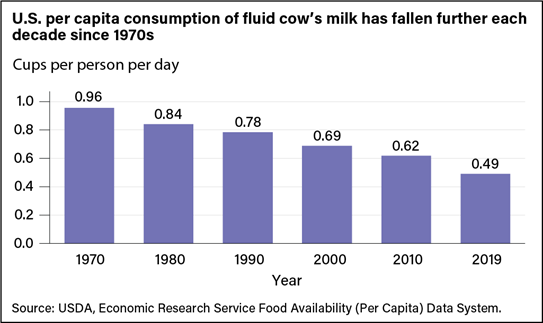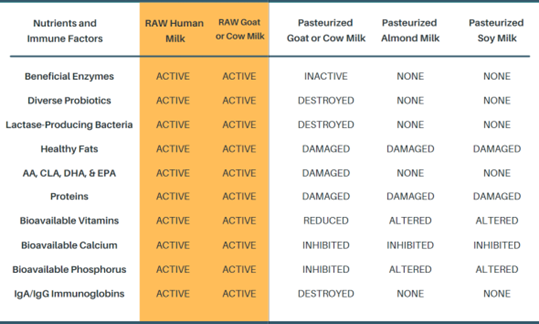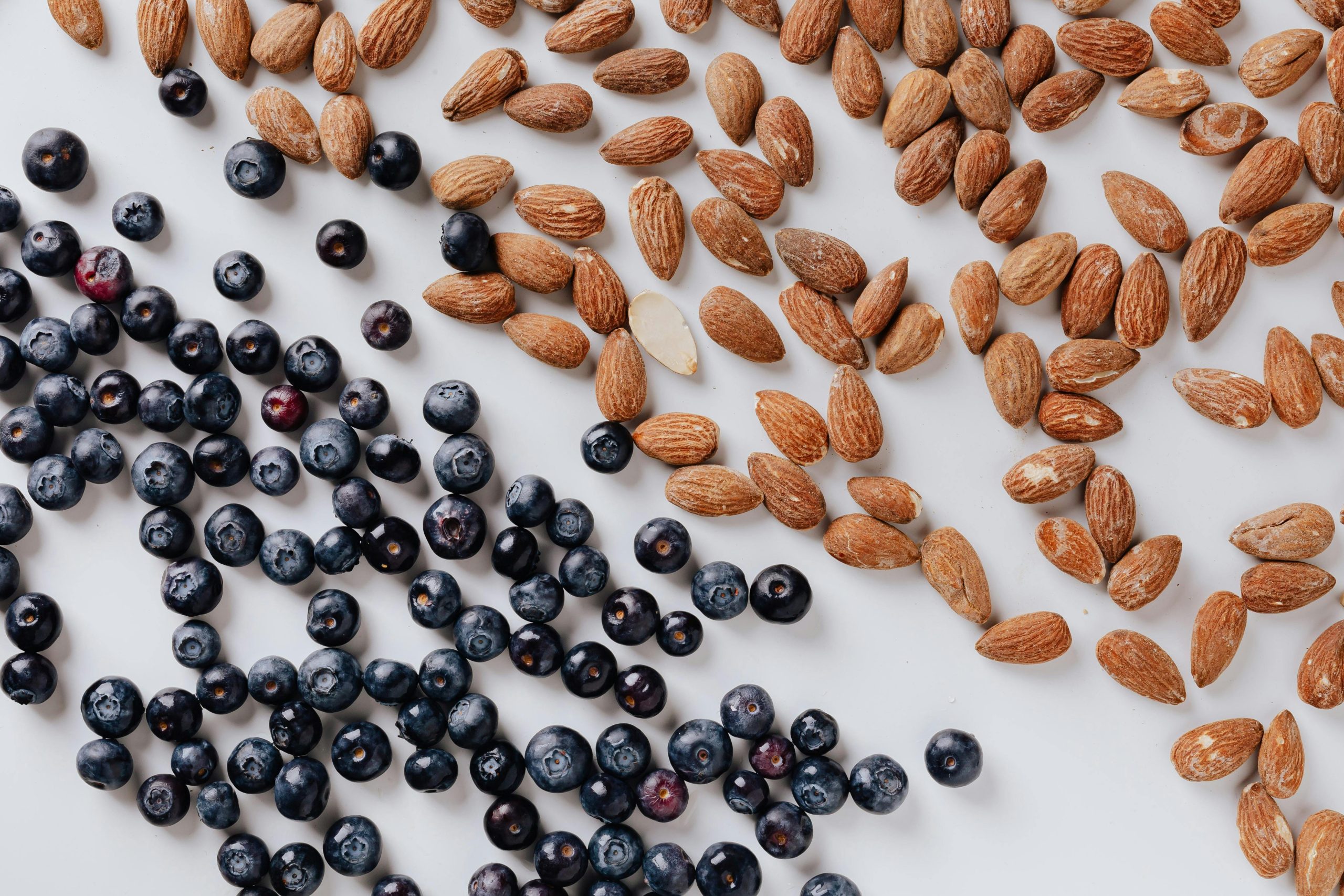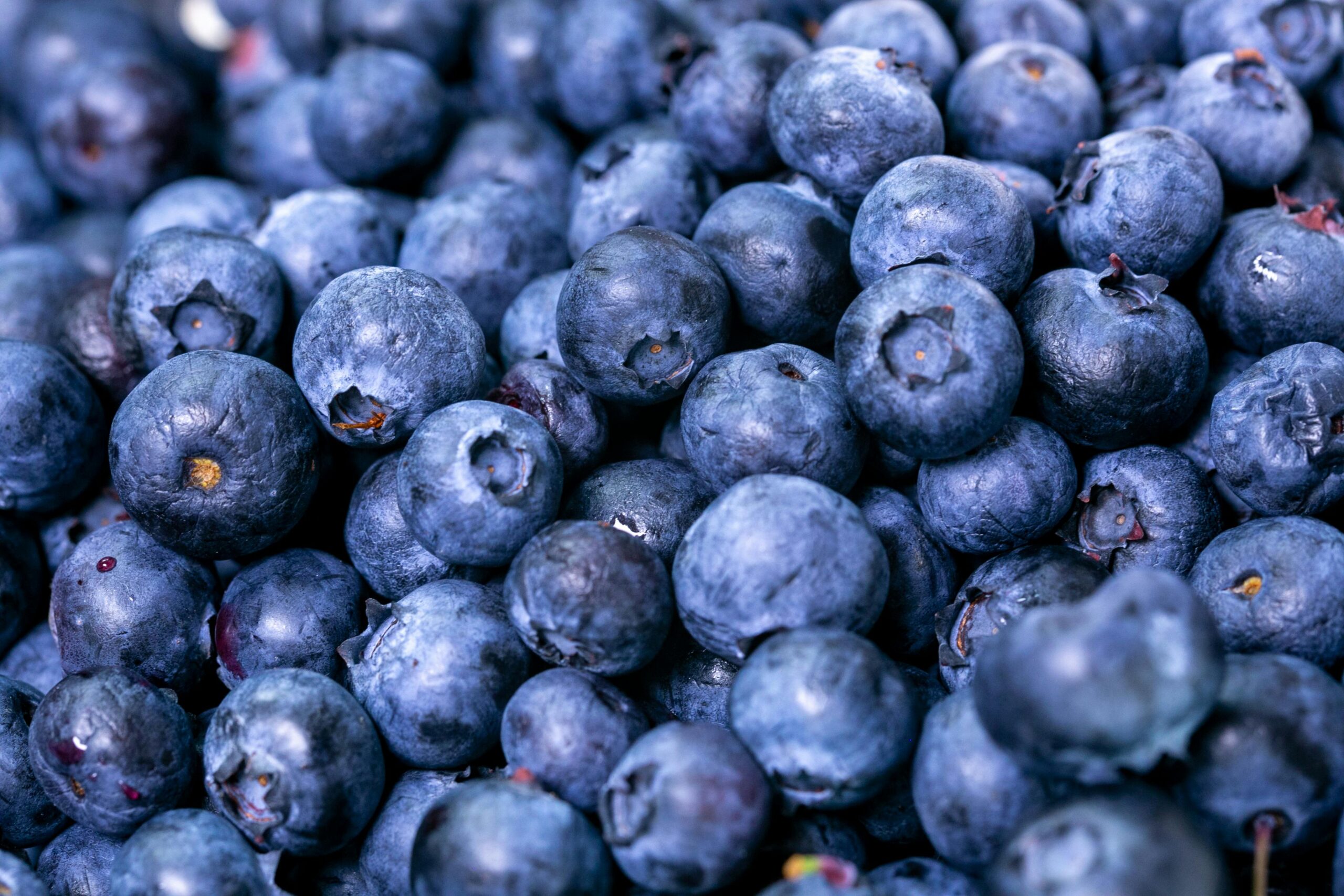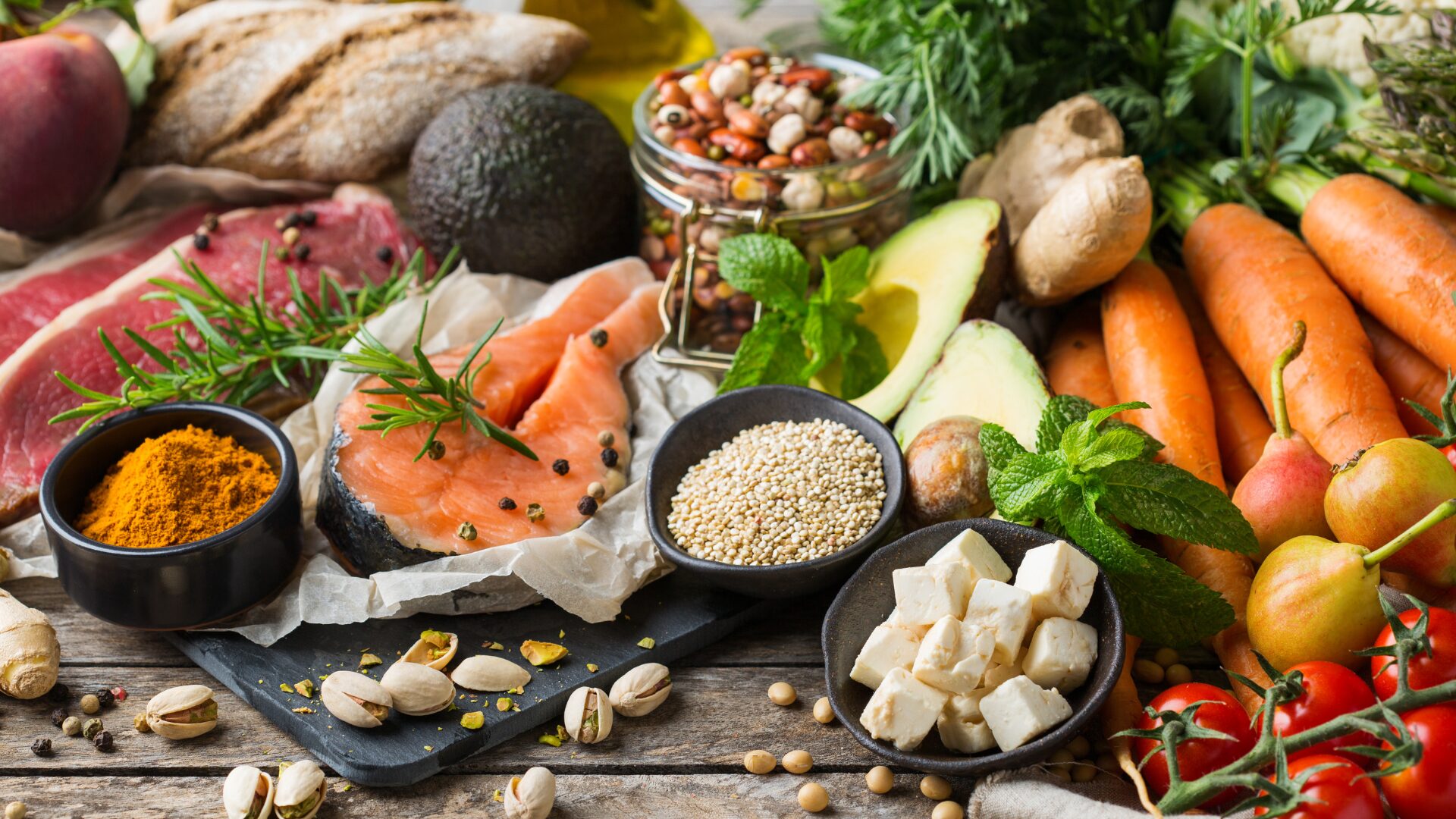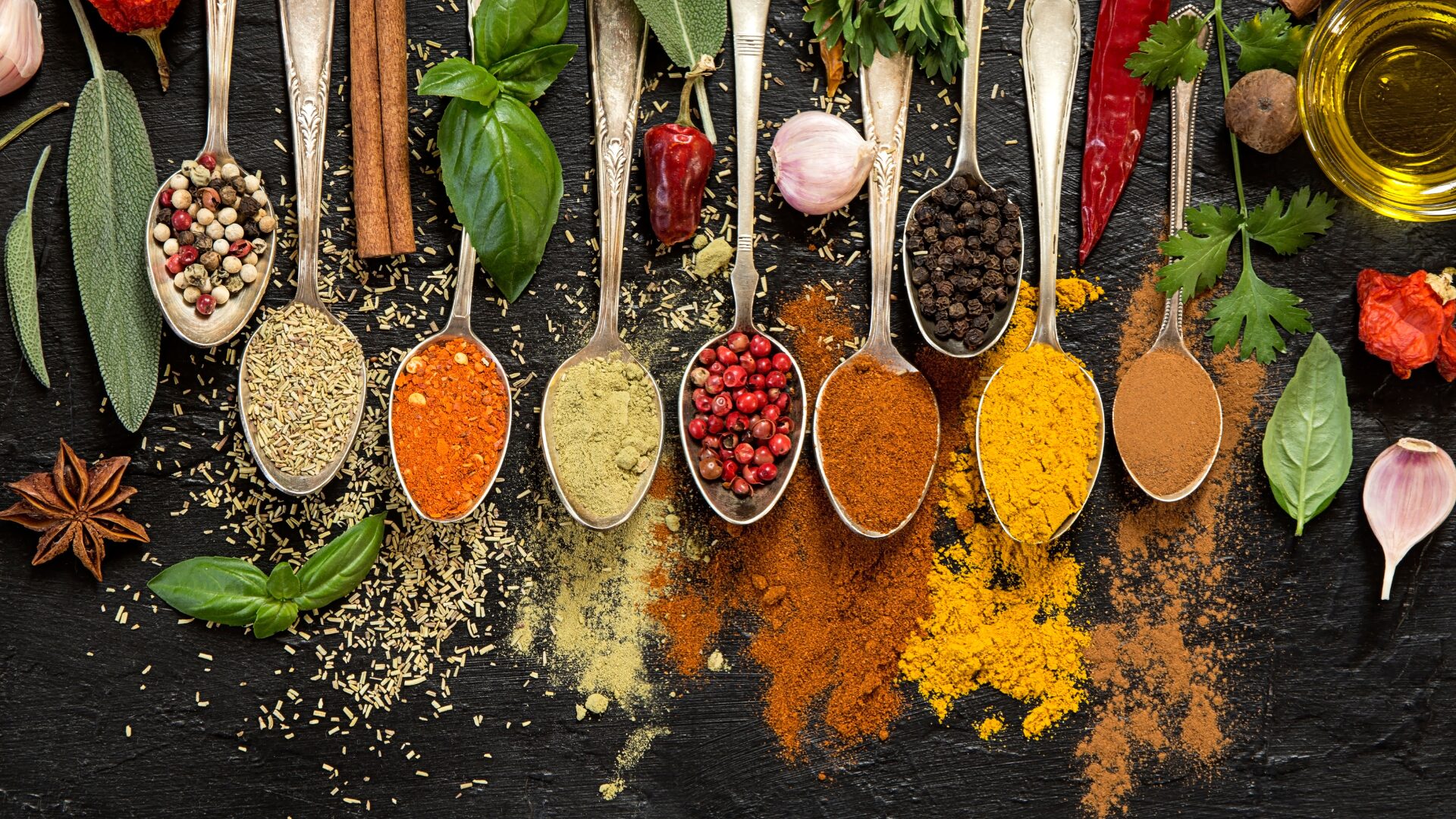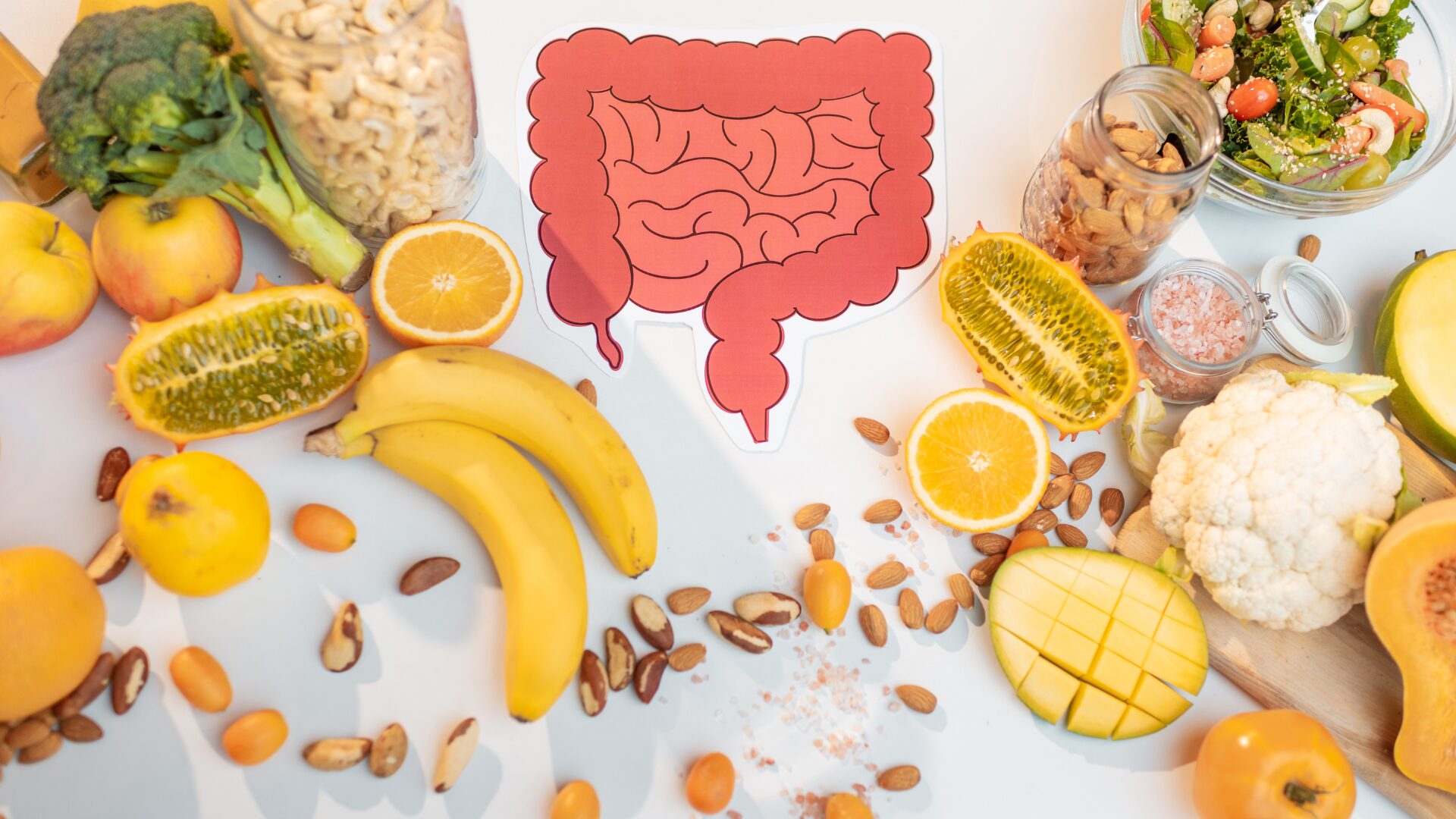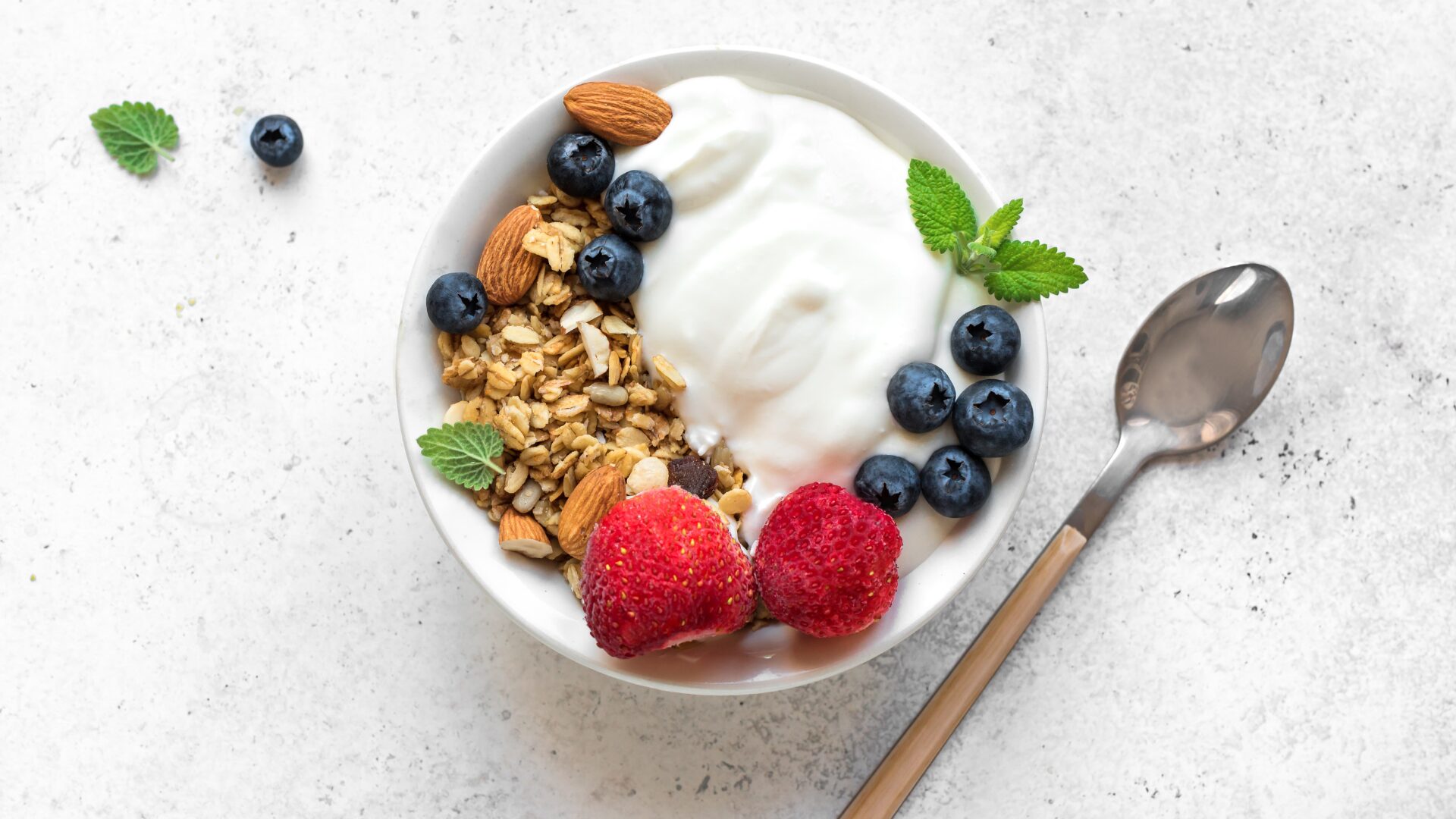Milk, and our relationship with it, has changed radically in just a few decades.
When JFK beckoned the nation to set its sights on the moon in 1963, 30% of the country still used a milkman. Now, a greater proportion of the country buys plant-based milk.
The U.S. per capita consumption of milk has steadily fallen by about 10% per decade since 1970.
While cow’s milk has waned in popularity, the reputation of one particular form of it has curdled from being the only show in town to a product whose mere mention is fodder for the most heated of internet debates.
We’re talking, of course, about raw milk.
In the early days of industrialization before modern sanitation standards and refrigeration, storing and transporting fresh milk was a nightmare—one that pasteurization doubtless helped wake us from.
A druggist named Dr. Hervey D. Thatcher in Potsdam, N.Y., created the milk bottle as we know it. The Corning Museum of Glass recounted:
In the 1870s, he noticed a problem with the milk delivery system. Dairy wagons would go from house to house and deliver milk by way of a large metal container. The delivery man, or milkman, would use a dipper to ladle milk from this container and transfer it to a pitcher or other container at each home. Many times, by the end of the route, the milk would be contaminated with an assortment of debris.
In this context, pasteurization is a no-brainer.
The Benefits and Limitations of Pasteurization
Health Safety: Pasteurization is designed to kill harmful bacteria and pathogens such as E. coli, Salmonella, and Listeria. This heat-dependent process significantly reduces the risk of foodborne illnesses, particularly crucial for vulnerable populations like the very young, elderly, or immunocompromised.
Historical Success: Before widespread refrigeration, pasteurization was essential in reducing milk-borne disease outbreaks. Historical data indicates that contaminated milk constituted 25% of all disease outbreaks related to food and water in the United States in 1938.
Regulatory Standards: The establishment of the Grade A Standard Milk Ordinance in 1924 set stringent guidelines for milk safety. By 1933, the U.S. Public Health Service included High Temperature, Short Time (HTST) standards, further ensuring milk safety and reducing disease incidence. Now stylized as the Pasteurized Milk Ordinance, the PMO celebrates its hundredth anniversary in 2024.
Current Importance Vis-à-vis Bird Flu: In an open letter from June 6, 2024, the FDA urged more testing of herds that produce raw milk for sale and recommended that states use their regulatory powers to stop the sale of raw milk where dairy herds have tested positive.
“We share a common goal of ensuring the safety of our nation’s milk supply. To that end, we are providing our latest thinking and science-based recommendations on unpasteurized, raw milk with respect to HPAI H5N1 virus. Evidence demonstrates that cattle infected with the HPAI H5N1 virus shed the virus in their milk. All raw milk produced from herds with HPAI H5N1 infections has the potential to contain infectious HPAI H5N1 virus since it will not be subject to pasteurization.”
At minimum, it seems prudent to avoid raw milk at a time when dairy cows could be spreading a novel strain of bird flu.
All of the above notwithstanding, pasteurization is not a perfect process nor without its limitations.
Bacterial Spores: Pasteurization does not kill bacterial or fungal spores, which can survive the heat treatment and potentially cause spoilage or other issues post-pasteurization.
Nutrient Depletion: Pasteurization reduces some of the nutritional content of milk, including beneficial enzymes and probiotics. While it kills harmful bacteria, it also eliminates biologically helpful microbes that support digestive health and the immune system.
Looking to the future, new techniques such as pulsed electromagnetic fields that don’t utilize heat may find an even more advantageous middle road that provides an enhanced nutrient profile while still affording the benefits of pasteurization.
The Importance of Refrigeration
While pasteurization affords important protection against pathogens, it is not the most important tool in the milk safety arsenal.
“Refrigeration is the single most important factor in maintaining the safety of milk. By law, Grade A milk must be maintained at a temperature of 45°F or below.” – John E. Rushing, Ph.D., North Carolina State University
Extended Shelf Life: Refrigeration significantly extends the shelf life of milk by slowing the growth of bacteria. Without refrigeration, all milk, regardless of pasteurization status, would spoil rapidly. This was evident in the pre-refrigeration era when milkmen delivered fresh dairy products daily to prevent spoilage.
Cold Supply Chain: Modern milk production benefits from a completely refrigerated supply chain. From the moment milk is collected, it is chilled through lines straight from the teat, transported in refrigerated trucks, and stored in refrigerated containers. This continuous cold chain ensures that milk remains safe and fresh until it reaches consumers.
Post-Pasteurization Handling: Even after pasteurization, refrigeration is essential to prevent any remaining bacterial spores from proliferating. The advent of widespread refrigeration in the post-World War II era significantly enhanced the effectiveness of pasteurization, reducing milk-borne illnesses even further.
The Case for Raw Milk
Nutritional Content: Raw milk enthusiasts argue that it retains more of its original nutrients, particularly probiotic enzymes and beneficial bacteria. These components can purportedly enhance digestion and promote a healthy microbiome.
Some raw milk advocates especially extol the virtues of lactase-producing bacteria, which are largely destroyed through pasteurization. Lactase is an enzyme that helps break down lactose and may help lessen or even eliminate the symptoms of lactose intolerance.
The presence of IgA and IgG immunoglobins in raw milk are also alleged to have anti-allergenic and immunological benefits.
And while the baseline levels of vitamins and minerals in milk remain relatively unchanged through pasteurization, raw milk advocates assert that these nutrients are more bioavailable without pasteurization.
The following table, compiled by the Raw Milk Institute, highlights the nutritional discrepancies they claim pasteurization creates. As always, the source must be considered, especially if one has a cow in the fight.
One thing raw milk is not lacking is hype. At Erewhon, a hyper-trendy L.A. health food store, a popular smoothie is a “raw, animal-based” drink created by one of America’s most famous male “meatfluencers.” For $19, you too can drink a smoothie made with powdered beef organs and unpasteurized milk.
Raw milk advocates essentially argue that the liquid comes with its own bioprotection mechanisms, a concept and practice that is commonly used in other food and beverage contexts.
It’s somewhat ironic that while raw milk remains controversial largely due to its bacterial content, other fermented foods containing live bacterial cultures, such as yogurt, kefir, and kombucha have never been more popular. These products thrive on their live bacterial cultures, which are largely responsible for their health claims.
This juxtaposition highlights a complex relationship with bacteria: while we fear it in some contexts, we actively seek it out in others for its perceived health benefits.
Quality Control: Farmers producing raw milk often adhere to stricter sanitary conditions to ensure the milk remains pathogen-free. This includes maintaining smaller herds, better cow hygiene, and still involves regular testing for pathogens. There is an argument that milk intended for pasteurization might not be held to as stringent standards, leading to lower initial quality.
Conclusion
The debate over raw milk is complex, with passionate arguments on both sides. Pasteurization offers undeniable benefits in terms of safety and historical success in reducing milk borne-illnesses. It also comes with trade-offs, however, including reduced nutritional content and the survival of bacterial spores.
Raw milk, on the other hand, might offer nutritional advantages and the potential for a healthier gut microbiome but carries significant health risks due to potential pathogen contamination. The recent FDA advisories concerning bird flu further highlight the need for caution.
In balancing these perspectives, it’s clear that both sides have valid points. For those with robust health and access to reputable sources, raw milk may offer benefits worth exploring. For the very young, elderly, or immunocompromised, however, pasteurized milk remains the safer choice. As with many health-related decisions, personal circumstances and informed choices should guide one’s stance on raw milk.
The Food Institute Podcast’s “Foodservice Gamechangers” Series
Get to know the men and women behind the scenes of foodservice distribution in a new, limited series from The Food Institute Podcast called “Foodservice Gamechangers.” Recently, Pat Mulhern, advisor to The Food Institute, sat down for brief conversations with seven of the most influential foodservice merchandising and distribution leaders. Highlighting their food career journeys and management styles, the conversations feature insightful thoughts on what may lie ahead for manufacturers, distributors, and operators in foodservice.




